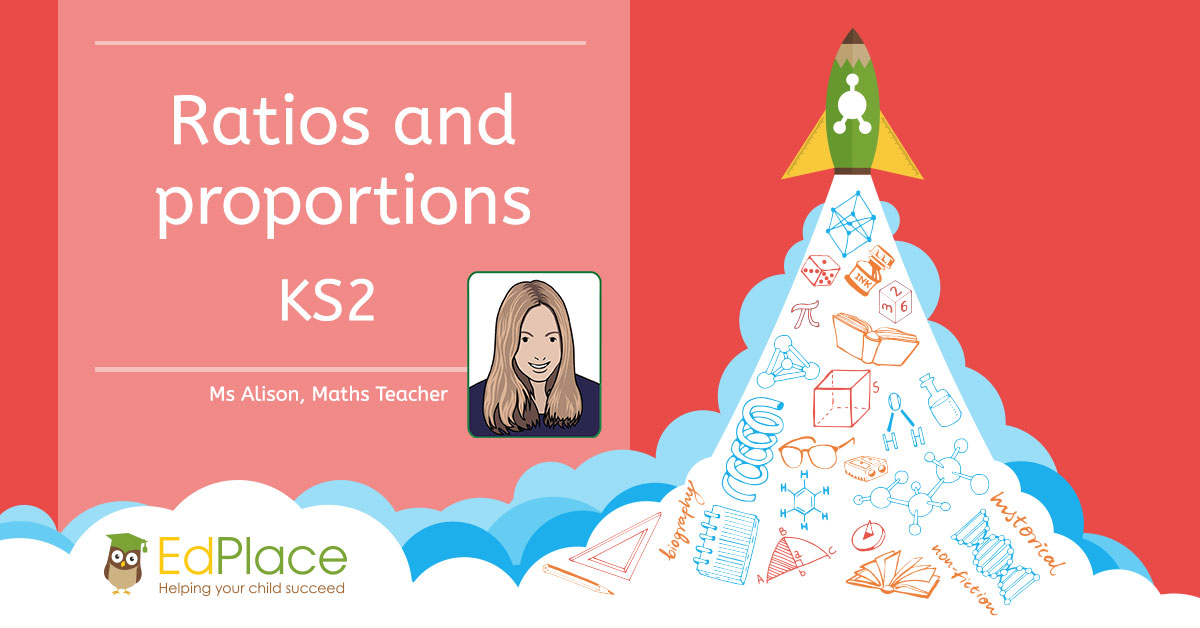What is the highest common factor?
The highest common factor of two numbers is the largest whole number which is a factor of both. This can sometimes also be called the Greatest Common Factor (GCF).
Factors are whole numbers we can multiply together to get another number, for example, 4 and 5 are factors of 20 because 4 x 5 = 20.
A number can have lots of factors. 20 also has 1, 2 and 10 as factors because 1 x 20 and 2 x 10 also equal 20.
The highest common factor of two numbers is the largest whole number which is a factor of both. This can sometimes also be called the Greatest Common Factor (GCF).
All you needed? Let's practice!
Highest common factor explained
So, how do we work out the highest common factor? First, ascertain all the factors for each of your numbers.
For example, if our numbers were 45 and 60;
The factors for 45 are 1, 3, 5, 9, 15 and 45
Because 45 = 1 x 45, 3 x 15 and 5 x 9.
The factors for 60 are 1, 2, 3, 4, 5, 6, 10, 12, 15, 20, 30 and 60
Because 60 = 1 x 60, 2 x 30, 3 x 20, 4 x 15, 5 x 12 and 6 x 10.
We then look for the highest common factor. This is the highest factor that is common to both numbers. In this case, it would be 15.
Sometimes you’ll be asked to find the highest common factor for a group of more than two numbers. Not to worry, do exactly the same and find the factors for each of the numbers. Then ascertain the highest factor in common.
For example, if our numbers were 18, 42 and 60
The factors for 18 are 1, 2, 3, 6, 9 and 18
The factors for 42 are 1, 2, 3, 6, 7, 21 and 42
The factors for 60 are 1, 2, 3, 4, 5, 6, 10, 12, 15, 20, 30 and 60
Therefore the highest common factor is 6.
Highest common factor long division method
So what happens if you are given a much larger number? How would you even begin to find all of the factors then?
Let us show you a simple method. We have used the example below to find the highest common factors for the numbers 348 and 456.
Step 1
Divide the bigger number (456) by the smaller one (348)
456 ÷ 348 = 1 (remainder 108)
Step 2
Divide the original smaller number (348) by the remainder from step 1 (108)
348 ÷ 108 = 3 (remainder 24)
Step 3
Divide the divisor of step 2 (108) with the remainder of step 2 (24)
108 ÷ 24 = 4 (remainder 12)
Step 4
Continue this process until you get a remainder of 0.
24 ÷ 12 = 2 (remainder 0)
Step 5
The last divisor is the highest common factor. In this case, it's 12.
Try it at home with your own numbers.
Factor Challenge!
Sometimes it’s fun to think about factors from the other way around. If two numbers have a highest common factor of 9, what could the two numbers be? Pssst...the answer is below
Worksheets and Practice
It’s always good to practice new mathematical skills and EdPlace are here to help and support you with your learning.
We have a great selection of worksheets aimed specifically at getting to grips with factors, division and prime numbers. They range from introducing the concept in Year 4 right through to GCSE level.
Year 4 – Spot factor pairs
Year 4 – Using factor pairs to divide
Year 5 – Factors and prime factors 1 & 2
Year 5 – How many factors 1 & 2
Year 5 – Identify factors and multiples
Year 7 – Highest common factors 1, 2 & 3
Year 7 – Prime factorisation
Year 7 – Prime factorisation with indices
Further Learning
If you enjoy solving tricky calculations and want to give yourself a challenge, why not try some of the puzzles and problems set by the NRich team from the University of Cambridge?
Here is a selection of puzzles linked to factors, multiples and primes to really get you thinking!
1000s more interactive English, maths and science worksheets available on EdPlace.com
Factor challenge answer; the answer could be 18 and 72 but there will be many other numbers that also have 9 as a factor. You need to ensure that 9 is the highest factor for at least one of the numbers you choose.

AUTHOR, MS. ALISON – PRIMARY MATHS TEACHER.











